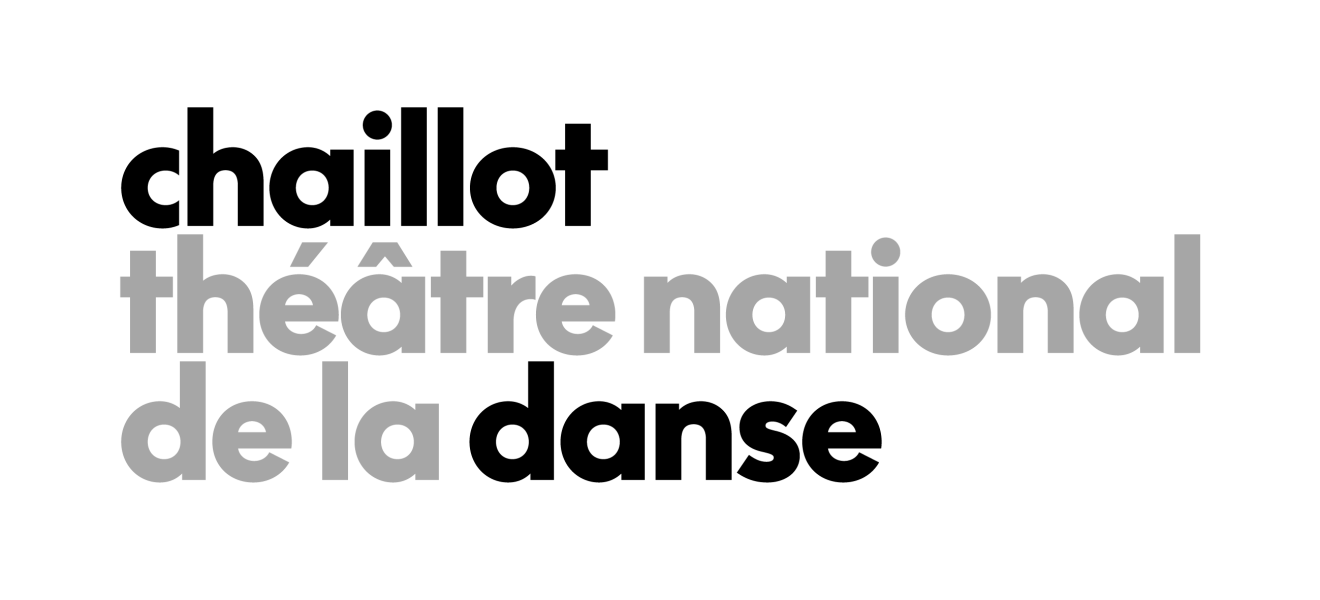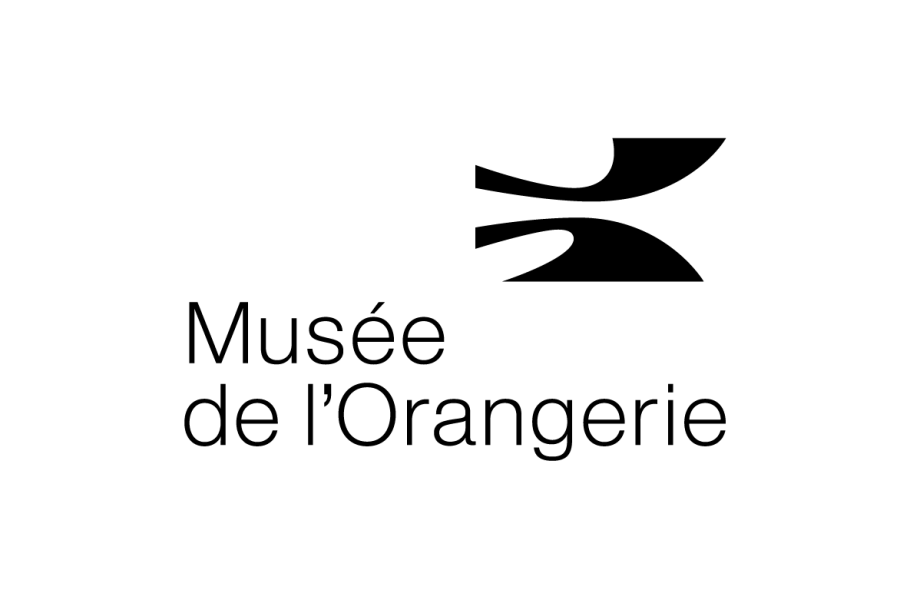Lenio Kaklea
Les oiseaux
novembernov 20 – 22
novembernov 24
Thursday november 20
19h30
Friday november 21
19h30
Saturday november 22
17h
Monday november 24
19h
Monday november 24
20h30
Choreography and direction Lenio Kaklea. With Nefeli Asteriou, Liza Baliasnaja, Amanda Barrio Charmelo, Luisa Heilbron, Louis Nam Le Van Ho, Dimitri Mytilinaios, Jaeger Wilkinson. Research and Dramaturgy Lou Forster. Sound composition and technical direction Éric Yvelin. Set design Clio Boboti. Lighting Jean-Marc Ségalen. Costumes Olivier Mulin. Scientific advisor Thierry Aubin – Director of Bioacoustics at CNRS, Paris-Saclay University. Assistant set designer Angeliki Vassilopoulou-Kampitsi. Costume designer Angeliki Baltsaki. Administration, production Olivier Poujol, Fanny Virelizier.
Production abd
Coproduction Charleroi danse – Choreographic Centre of the Wallonia-Brussels Federation; MOCA L.A.; Festival d’Automne in Paris; CCN Ballet de Lorraine; Théâtre de la Vignette; NEXT Arts Festival; CCN Ballet national de Marseille
With the support of Montpellier Danse Festival, the Atelier de Paris / CDCN, and Le Carreau du Temple for studio space.
The Festival d’Automne in Paris is a co-producer of this work and presents it in collaboration with Chaillot – Théâtre national de la Danse.
The Musée de l’Orangerie and the Festival d’Automne in Paris present Les oiseaux (site-specific version) in co-presentation, as part of the “Danse dans les Nymphéas” programme.
After immersing herself in the forests with Αγρίμι (Fauve), choreographer Lenio Kaklea now lifts her eyes towards the sky, thereby continuing the ecological focus that has characterised her writing since 2022. But Les oiseaux (The Birds) does not idealize these air-born beings in any way. Instead, the septet accompanied by a non-living bird inivtes us to cast our eyes beyond our overly human gaze.
From ballet to post-modern movement, dance has forged an historic affinity with the bird. But what would a choreographic work look like which, instead of considering the bird as an object of study or inspiration, saw things from their point of view? By closely observing their ways and strategies, but without ever romanticizing them, this is the question that Lenio Kaklea sets about answering. In order to be seen and heard, the spectacular courtship displays of some birds echo the territorial defence mechanisms of others, while the towering vision of birds of prey establishes control and domination. Seven performers and a flying object blend with the repertoire of these animals in order to merge with it more fully. Complex rhythmic patterns, circulations of movement and sensations close to flight, as well as the negotiation of the space itself, gives rise to a feeling of strangeness. Are these moving bodies semi-human or semi-bird? Similar to species that migrate across borders, and set to a backdrop of birdsongs collected on an island inhabited only by these creatures, the group of performers prompts us, as human beings, to take an interest in something other than ourselves.
In the same place

